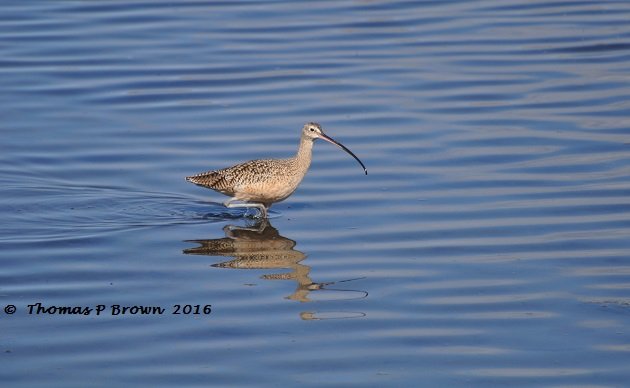
In my continuing coverage of the return migrants to the lower Baja, todays story is of the Long-billed Curlew. This extremely large shorebird, coming is at nearly 24 inches. It is easily identified by not only by its overall size, but the extremely long bill.
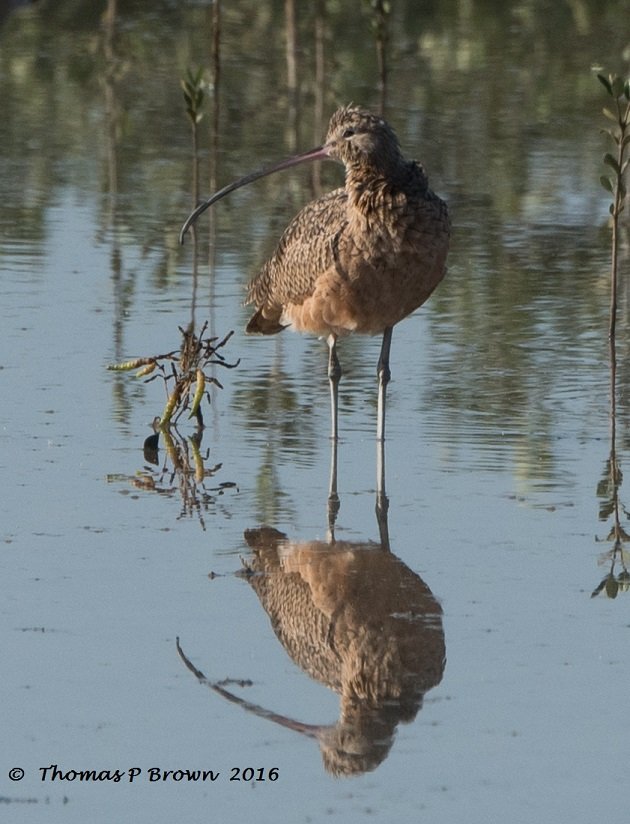
For the most part, there is little question about the appearance of the bird, for identification purposes. Here on the Baja, the only bird that can possibly be confused with the Long-billed Curlew, might be the Whimbrel. I have included a photo of the Whimbrel, for comparison. Try as I might, I have just not been able to get a picture the two of them standing side by side! Along with the extreme difference in the bill length, the pale median crown stripe on the Whimbrel is also a dead give away.
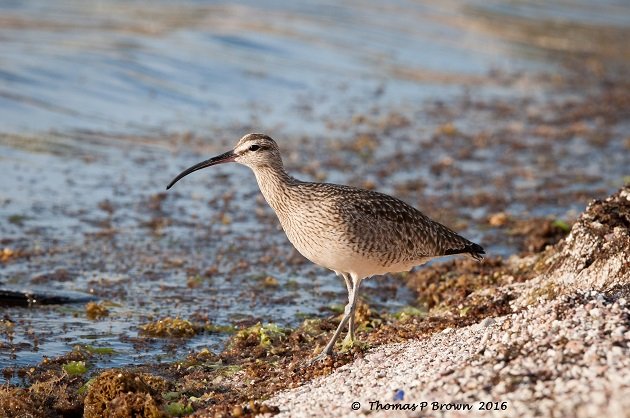
Long-billed Curlews tends to be solitary feeders, only grouping up to rest or roost. In the picture below, you can see the Curlews, along with the American White Pelicans, American Avocets, (a lot of “American” birds here in Mexico) Greater Yellowlegs, Dowitchers, Terns and Willets.
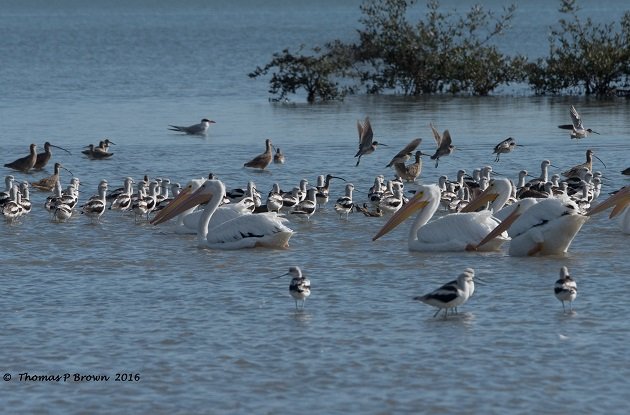
Here is an interesting bit of trivia about the Long-billed Curlews. In the past, the bird has had a nickname of “Candlestick Bird” . They were quite common in the San Francisco area, especially on the south eastern tip of the bay. This area was used as a land fill, and has now been set aside as 170 acre, multi use park. Given the nickname of the bird, it is considered by many to be the source of the name for the area, now the home of the Professional Baseball park, Candlestick Park.
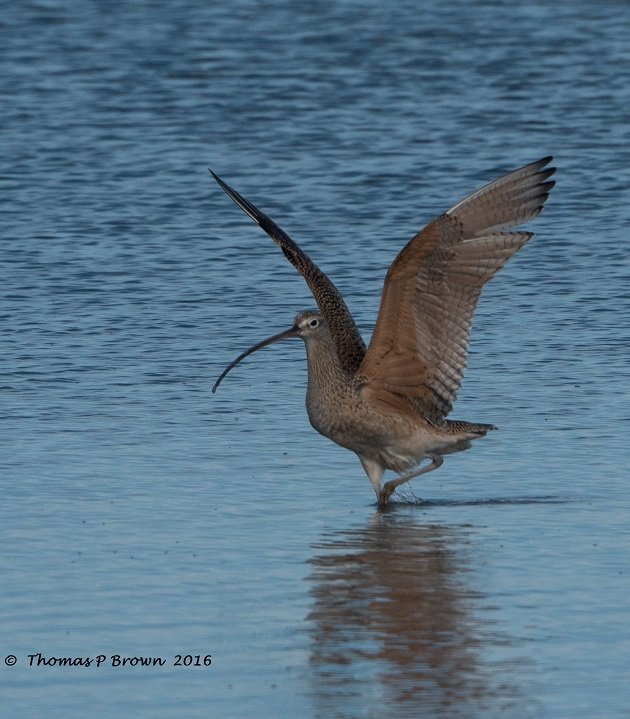
Here you can see the Long-billed Curlew, feeding with a couple of its wading buddies, The Short-billed Dowitcher, and the Willet














Leave a Comment